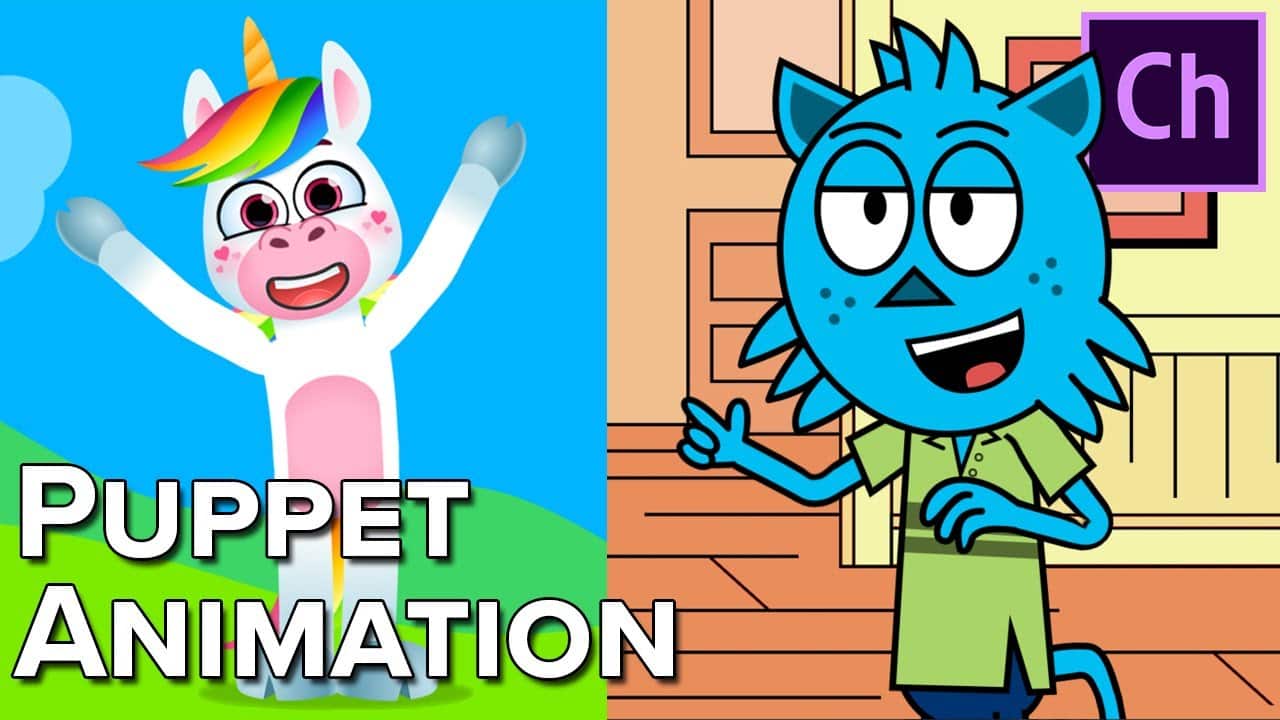
4 Steps to Creating a 2D Animation
If you’re a beginner in 2D animation, this article will help you get started. The four steps covered are Character design, Storyboarding, Backgrounds, and Post-production. Follow the steps outlined to create a video in no time! And, of course, have fun! Creating 2D animations is a great way to create video content that goes viral. But, where to begin? There’s much more to learn!
Character Design
Animators often struggle with character design, especially if the film they’re working on isn’t yet animated. Fortunately, there are many ways to create compelling characters in 2D animation. This article will provide some helpful tips. What does your audience enjoy watching? How do they react to certain types of content? These are all things you should consider when creating characters. By following these simple steps, you’ll have your first sprite ready to go.
First, choose colors carefully. The most effective character designs contain the proper palette. Avoid kaleidoscopes of colors, as this will distract the audience from the story. Use a primary color, and secondary colors that complement it. The same principle applies to the backgrounds, props, and clothing of your character. Make sure that they are all in line with each other. Don’t go overboard, though! It’s always better to be safe than sorry.
Other Things to Consider
In addition to the basic shapes of the character, make sure to consider the audience’s mindset and the genre in which the film is intended. While exaggerated and eccentric characters can be effective, make sure to base them on real-life features. It’s also important to pay attention to the position of the character. You’ll have more fun making cartoons when you focus on the character and his environment.
Character design is an important part of the 2D and 3D animation process. Character designers build a character’s personality and style through carefully selecting details, including appearance, hairstyle, and clothing. Their work often influences the aesthetics of the character, which is why fundamental psychology and color theory can be useful tools when creating characters.
Storyboarding-2D Animation
Before you can begin storyboarding your 2D animation, you need to sketch the scene. You can use detailed sketches or simple stick figures. The level of detail you use depends on your preferences and the story you want to tell. Remember to keep your ideas in mind and experiment with various solutions. It is also important to keep the energy of early sketches. To create the right feel for your storyboard, start with simple shapes and construct your drawings through a series of poses.
A storyboard is not finished art, but a starting point for animators. They use each frame in the storyboard to interpret the action and bring characters and props to life. It also gives them an idea of how to move the camera from scene to scene. If the artist wants to draw a different pose for each character, they can trace the poses from the storyboard.
Backgrounds
The success of 2D animation films depends on the backgrounds. While most audiences focus on the story and smooth movement of the characters, they often overlook the subtle details of the foreground/background scene. Fortunately, studios like Animost Studio understand this fact and invest a significant amount of time and money into creating high-quality backgrounds for their products. Here are the basics of drawing backgrounds:
A background is a piece of artwork that complements the main character. A well-chosen background puts the illustration in context and enriches the drawing into the composition. Backgrounds serve the same purpose as foreground and mid-ground elements. It is just as important to create the right composition of elements as the elements that make up the scene. This article will explain why backgrounds are so important in 2D animation. Here are three examples of background styles:
Blender is a 3D program and does not have the concept of a “2D background”. However, the user can easily add a 2D background by using compositing nodes. To create a background image in 3D space, the user should create a mesh object, rather than an empty image. When working in Blender, make sure you use a background image that contains a textured plane.
While animators and designers create a storyboard of an animation film, the background designer works behind the scenes. A background designer lays out the scene in detail, bringing the audience’s eye around the scene. The artist considers color, texture, and light when creating their designs. Often times, a background designer will create multiple backgrounds, but must pay close attention to the interplay of the objects in the scenes.
Post-Production
After all the animation has been created and all the main characters have been colored, the characters are set on a background, and each scene has been painstakingly composed. This is the time when the entire animation team comes together and reviews the work. Depending on the complexity of the project, it may involve multiple stages, requiring several people and multiple budgets.
The production process for 2D animation is broken down into three phases: pre-production, production, and post-production. Pre-production includes the development of the story and characters, storyboarding, and backgrounds. These steps set the stage for the rest of the animation process.
The Final Steps
The final stages of post-production involve audio-visual editing and rendering the final output. Though the animation is almost finished, it’s not finished yet. Additional work will be needed to include sound effects, music, and visual effects. Some animations even require traditional film editing. One anime, for example, had to be re-shot because the lead actor broke down during recording. Post-production can be a very complex process and requires the expertise of several people.
The process of creating the storyboard starts long before the actual shooting begins. During pre-production, the artist creates a storyboard of the entire project. The storyboard is a visual representation of the script, complete with dialogue, backgrounds, and action notes. The storyboard is typically done on paper or poster board, and the artist re-draws parts of the storyboard as necessary. The actor who is speaking the dialogue for the animation is recorded during pre-production. It is used by the animators during animation to create the mouth movements to match the dialogue spoken by the actors.
Speed
There are a few things you need to keep in mind before you start creating a 2D animation. It is not a matter of quality but of speed. Disney animators could spend days or hours on a single frame. Keyframes are important story-telling drawings and require near-perfection. While the idea of speed may sound attractive, don’t compromise on perfection. There are many ways to make your animations look professional without sacrificing quality.
Two-dimensional animation is one of the most popular types of animation. It is an excellent way to make a movie, cartoon, or game look amazing. It was originally created using individual drawings that differed in height and width. Characters and special backgrounds were then added. The individual drawings are joined over time and played at a specific speed. Because of the complexity of this process, it is important to understand how to animate characters in 2D.




